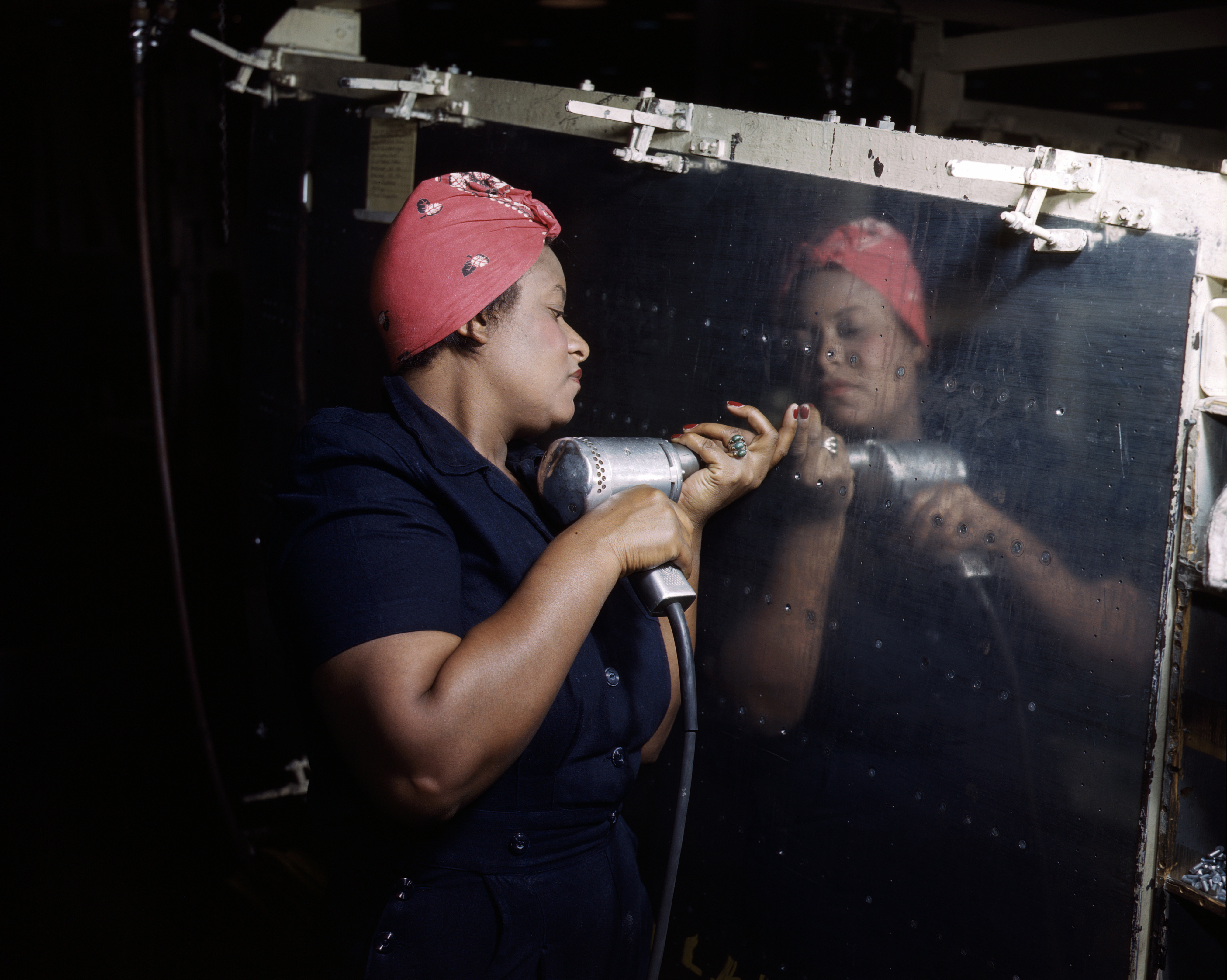To Allow or Not Allow Women in the Army?
During the 1940’s it was a debate on whether or not women were allowed to be in the Army. The idea was that men protected their country and women were to stay at home, but because of this conflict about if women should be allowed to serve in the Army, Congress passed the Women’s Army Auxiliary Corps (WAAC), which still remains today. There was a huge controversy about women being able to work in the Army. One group that strongly opposed the idea was the Catholic Church. In June of 1942, the National Catholic Women’s Union called the service of women in the military “a serious menace to the home and foundation of a true Christian and democratic country” (1). Other Catholics were concerned about submitting innocent and impressionable girls to the environment and temptations of the Army. The Catholic Church were not the only ones concerned about women being in the Army, men were as well. Men feared that their status in the household would change if women helped fight the war.
“Opponents characterized the female soldier as a dire threat to the home and family, and to the privatized gender relationships within them, especially to the husband’s status as breadwinner and head of household…. The female soldier epitomized the wartime antiheroine, a figure whose potential… independence from men subverted the ‘natural order’ and whose position as a female protector usurped men’s status and power, both within and outside of the home” (1).
The Army was against the Women’s Auxiliary Corps as well. Some personnel expressed concern that men would not be able to function properly fighting alongside women and the possibility that male soldiers might seek to defend and protect military women instead of carrying out their assigned missions was cited by military experts as a primary example of potential dangers in incorporating women fully into the military structure.
The Passing of WAAC
After the attack on Pearl Harbor, War Department officials realized that women were needed in order to win the war. Army leaders helped create the Women’s Army Auxiliary Corps (WAAC), which according to Public Law 554, was “formed for the purpose of making available to the national defense the knowledge, skill, and special training of the women of the nation” (1).
May 14, 1942 bill passed. In regards of the bill passing, 10,000 women in the U.S. rush to join WAAC. There were some objections, termed as “No Place for Woman” campaigns in the legislature (3). This demonstrated some of the continued objections and hindrances experienced by women entering into male-dominated fields.
There was a new Army for women to be able to join. Our nation could shove aside prospective masculine soldiers and let women finally be able to join the Army. Any women, no matter what your race or ethnicity was allowed to join the Army and be able to sere for their country. “If a man can give up his life for his country, certainly a woman can give up her time” (2). This is a concrete difference between the ways that men’s and women’s contributions to the war are described by, men give their lives, but women give their time. The quote speaks to the different roles that men and women will play in the war effort, which reinforces the sense of gendered difference. Men are going to go into combat and risk their lives, while women are going to do work that is in some way less demanding. After the passing of WAAC, women were now looked to as equally as men were with women being able to serve in the Army.
References:
(1) Yashila, Permeswaran. “The Women’s Army Auxiliary Corps: A Compromise to Overcome the Conflict of Women Serving in the Army.” The History Teacher, Vol. 42 (No. 1) (2008): 95-111. Accessed March 4, 2015.
(2) Greenbaum, Lucy. “10,000 Women in U.S. Rush To Join New Army Corps.” New York Times (1923-Current File), (1942). Accessed February 27, 2015.
(3) Ripley, Josephine. Measure for Army Auxiliary of Women 21-45 Passes House: Opposition: ‘No Place for Woman’ Would Release Young Men.” The Christian Science Monitor, (March 1942).
Fourteen flushed and excited girls, among 100 successful candidates for the Women’s Army Auxiliary Corps from the First Corps Area of New England, were inducted into the service today at the Boston Recruiting Station at 269 Columbus Avenue.
The Christian Science Monitor (1908-Current file


